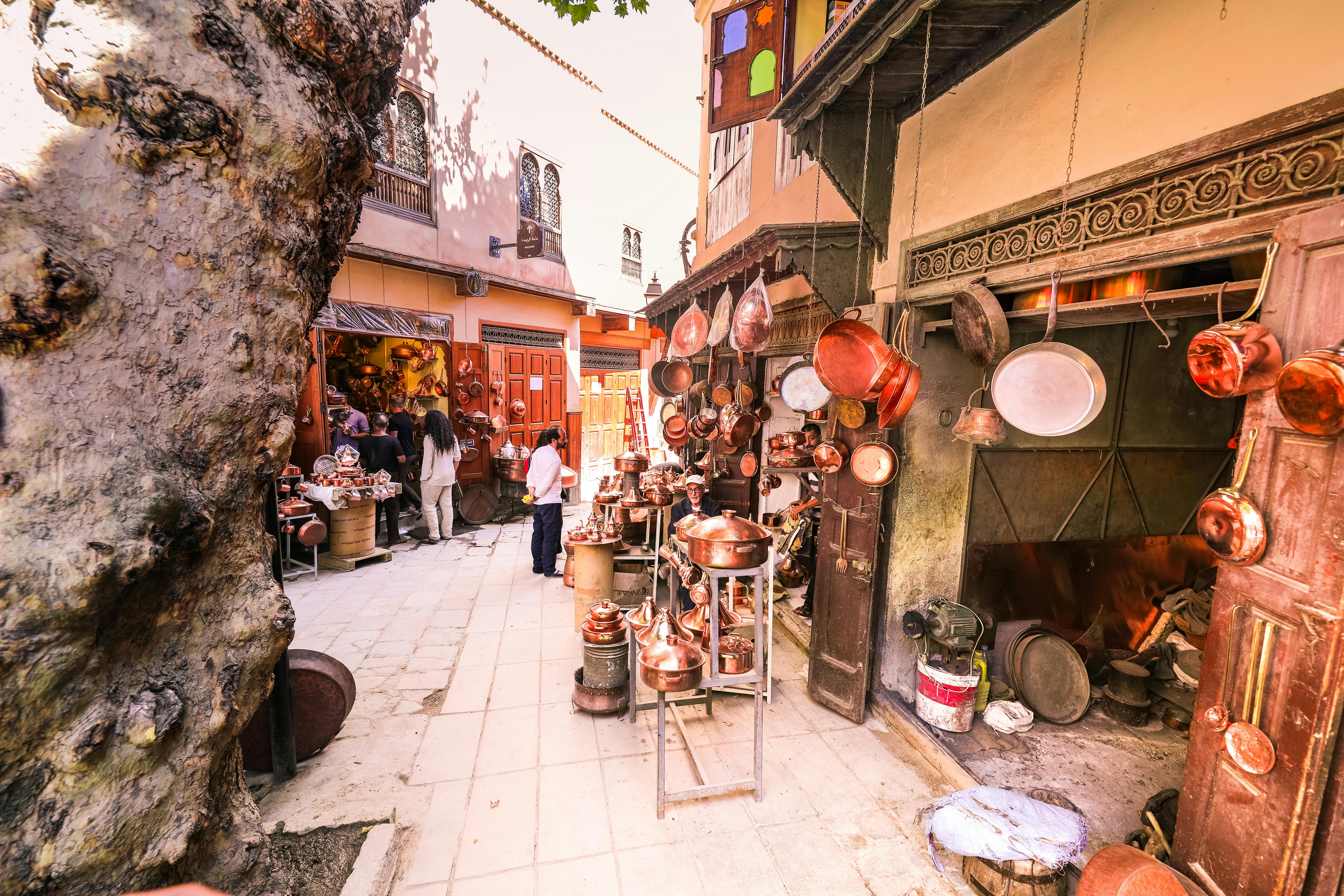Image processing with deep learning
Today’s computers can not only automatically classify photos, but can also describe the various elements in the images and write short sentences describing each segment with the proper English grammar. This is done by the Deep Learning Network (CNN) which learns naturally occurring patterns in photos. Imagenet is one of the largest databases of labeled images for training convolutional neural networks using GPU-accelerated deep learning frameworks like Caffe2, Chainer, Microsoft Cognitive Toolkit, MXNet, PaddlePaddle, Pytorch, TensorFlow, and inference optimizers like TensorRT.
Neural networks were first used in 2009 for speech recognition and were only implemented by Google in 2012. Deep learning, also called neural networks, is a subset of machine learning that uses a computation model heavily inspired by the structure of the brain.
“Deep learning is already working on Google search and image search, it lets you search for images for a term like ‘hug.’ It’s used to get Smart Replies to your Gmail. It’s in speech and vision. I think which will soon be used in machine translation”. said Geoffrey Hinton, considered the godfather of neural networks.
Deep learning models, with their multi-level structures as shown above, are very useful for extracting complicated information from input images. Convolutional neural networks can also dramatically reduce computation time by taking advantage of the GPU for computation that many networks do not use.
In this article, we will discuss in detail about image data preparation using deep learning. Images need to be prepared for further analysis to provide better detection of local and global features. Below are the steps:
1. IMAGE CLASSIFICATION:
For higher accuracy, image classification using CNN is more efficient. First, we need a set of images. In this case, we took images of beauty and drugstore products, as our initial training data set. The most common image data input parameters are the number of images, the image dimensions, the number of channels, and the number of levels per pixel.
With classification, we can categorize the images (in this case, as beauty and pharmacy). Each category again has different classes of objects as shown in the following image:
2. LABELING OF DATA:
It is better to manually label the input data so that the deep learning algorithm can eventually learn to make the predictions itself. Here are some ready-to-use manual data labeling tools. The goal at this point will be primarily to identify the actual object or text in a particular image, demarcate if the word or object is misdirected, and identify if the hyphen (if present) is in English or other languages. To automate image labeling and annotation, NLP pipelines can be applied. ReLU (rectified linear unit) is then used for the non-linear activation functions as they perform better and reduce training time.
To augment the training dataset, we can also test data augmentation by emulating the existing images and transforming them. We could transform the available images by making them smaller, enlarging them, cropping elements, etc.
3. USE OF NNRC:
Using the region-based convolution neural network, also known as RCNN, the locations of objects in an image can be easily detected. In just 3 years, R-CNN has gone from Fast RCNN, Faster RCNN to Mask RCNN, making tremendous progress towards human-level image cognition. Below is an example of the final output of the image recognition model where it was trained by deep learning CNN to identify categories and products in images.
If you are new to deep learning methods and don’t want to train your own model, you can check out Google Cloud Vision. It works quite well for general cases. If you’re looking for a specific solution and customization, our ML experts will make sure your time and resources are put to good use by partnering with us.
See original content here.
Request your free personalized demo here.

Leave a Reply